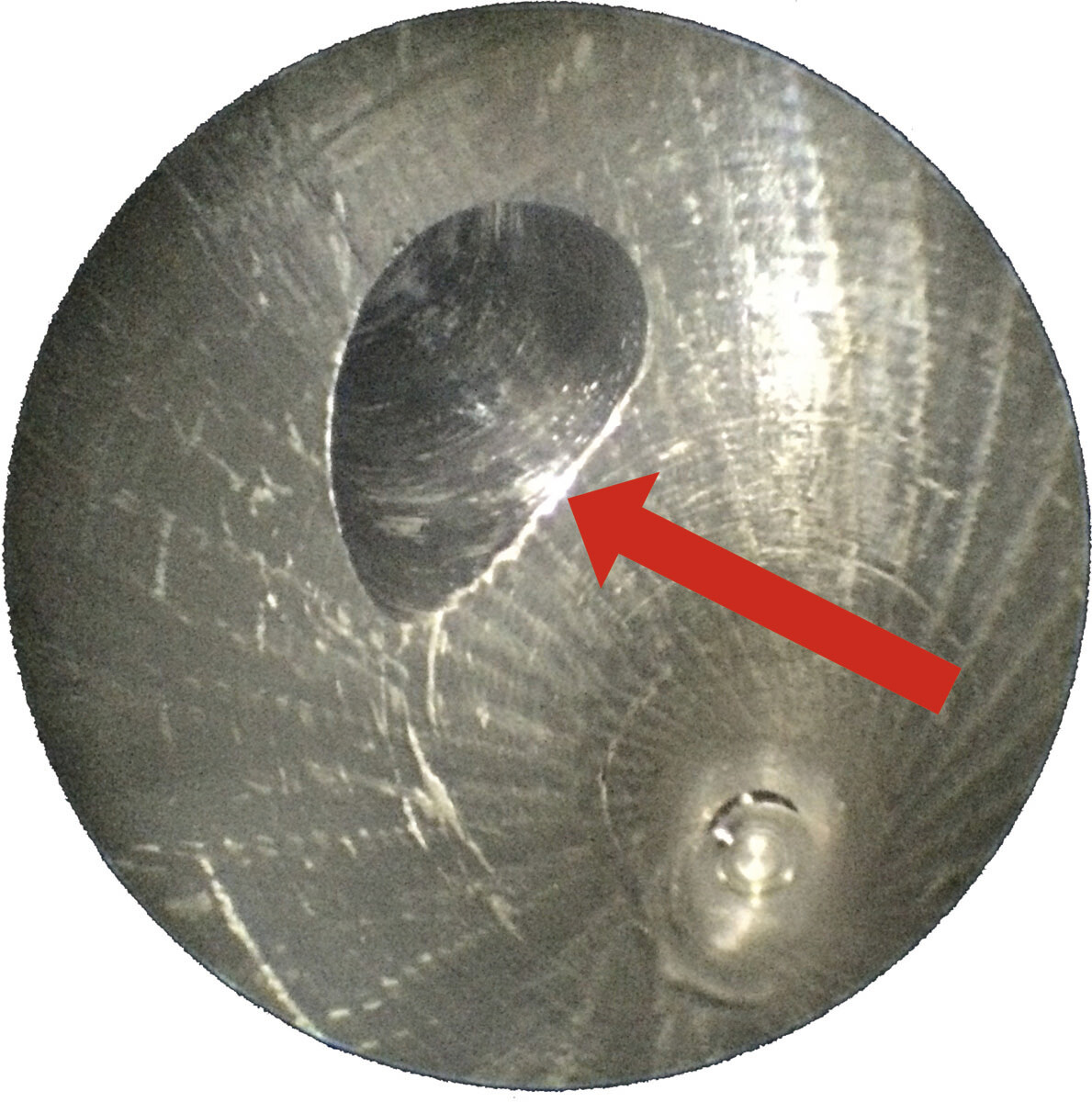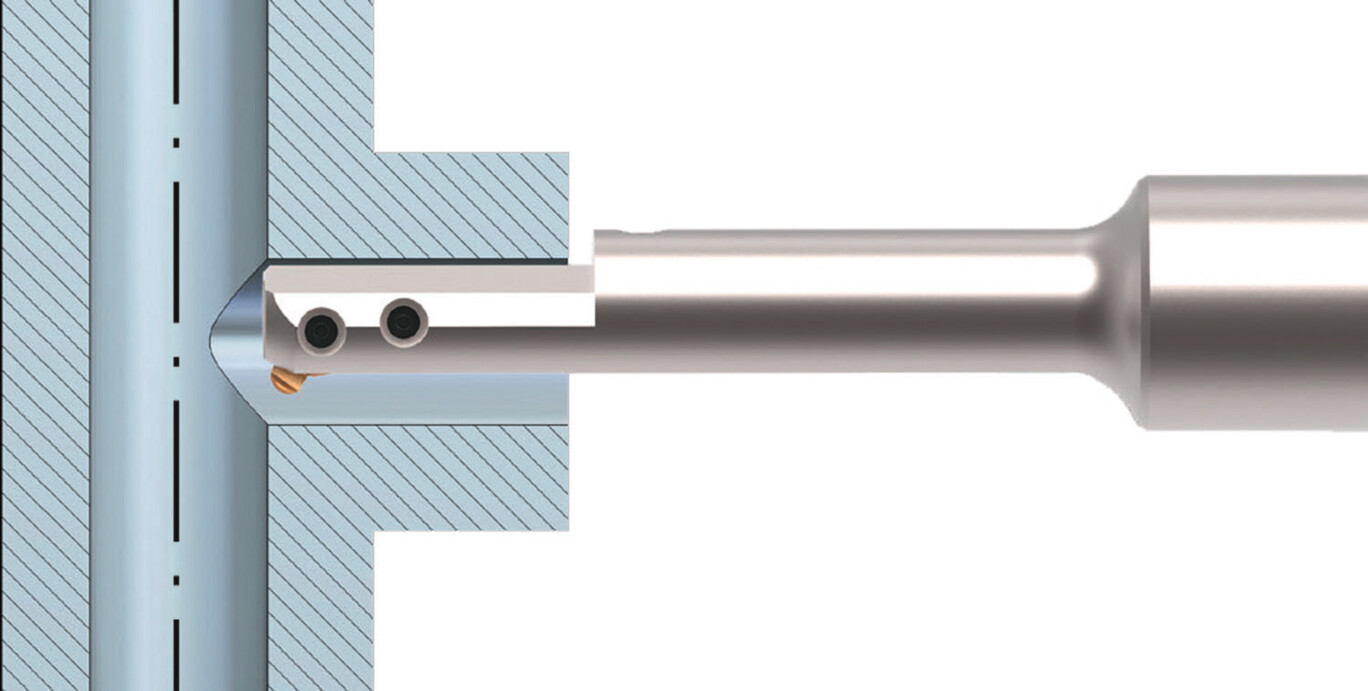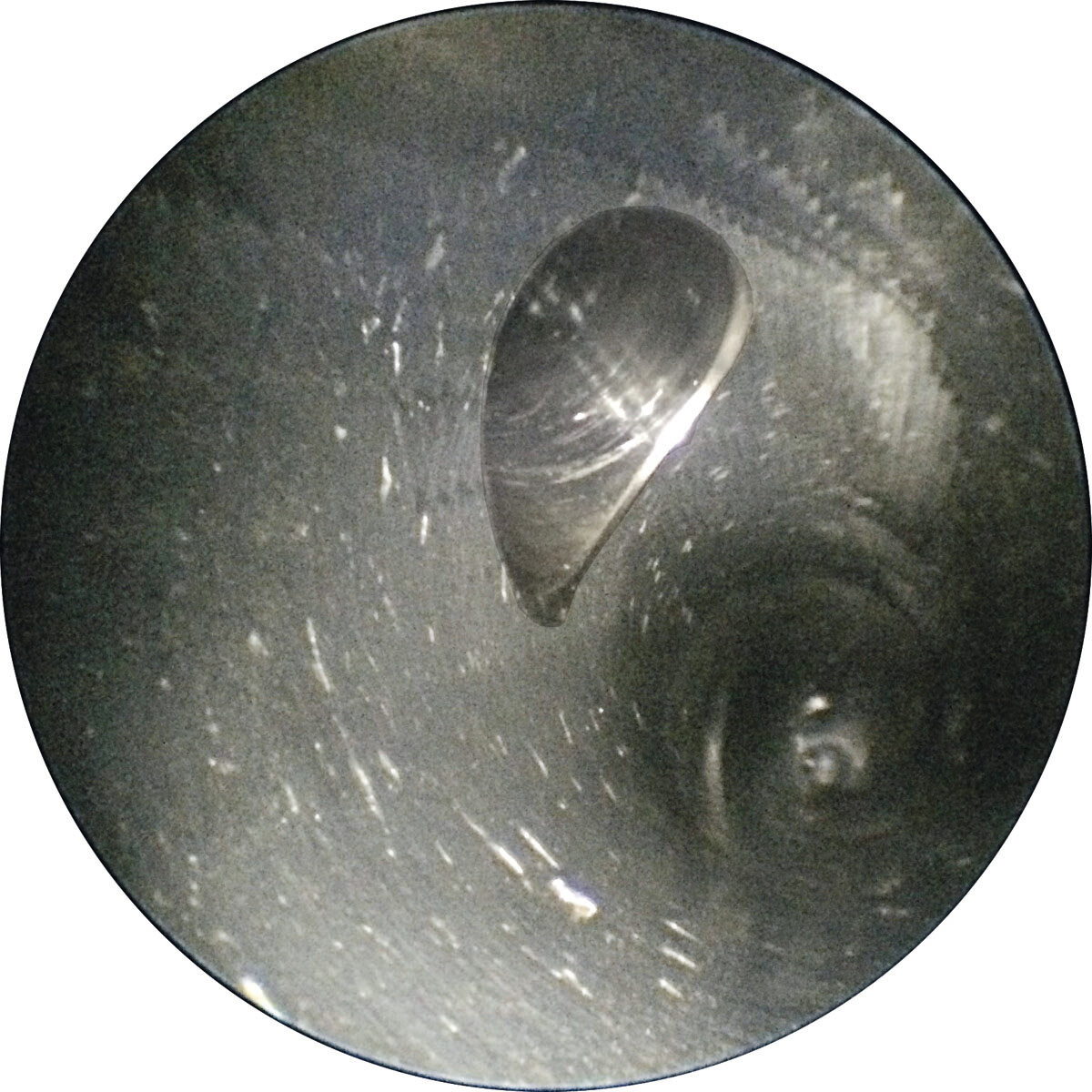

You will struggle to find a machinist who enjoys deburring. It is often seen as a stubborn problem compared to other parts of the processes that work well. A German car manufacturer found itself in this position when it came to producing a crankcase. The production process itself was fine. But when it came to deburring the cross bores, there were issues. The process was too complex and not reliable enough. But just like many situations before, the problem proved to be fertile ground for innovation for HEULE, a specialist producer of deburring tools from Switzerland.
In this specific case, the car manufacturer’s head of technology attended the AMB trade fair in Stuttgart to discuss the problem with HEULE.
He knew HEULE from a different deburring project and knew that the company could produce tailored solutions.

One particularly challenging aspect of the problem was the large unevenness caused by the intersection of the cross bore (6.4 mm diameter) with the main bore hole (11.6 mm diameter) with an eccentricity of 1.9 mm. It was this that was preventing the conventional mechanical deburring solutions available at the time from working adequately.
HEULE’s responsible area sales manager quickly realised that solving this problem was going to take more than standard products. But he also saw a potential solution in a product that was undergoing development.
Following the trade fair, the customer sent HEULE the application data, together with their experiences, problems and requirements in terms of cycle times and burr-free surfaces. Based on these initial discussions, Heule conducted a feasibility study and brought the development department on board. The study found that the new tool, known as the CBD (cross bore deburring) was a feasible solution. Internal testing then proved that CBD met the specified requirements.
The HEULE consultant travelled to the customer’s headquarters together with the CBD project manager. After their presentation, the customer’s head of technology said: “That’s all well and good, but the tool has this large control housing and we don’t have the space for that in the processing centre.” That observation punctured the air of confidence. But HEULE is nothing if not determined, and the Swiss company was soon able to present a different solution. Despite being based on the established COFA tool, this was just an idea and no one had any experience with it.
Upon returning home, the specialists at HEULE decided to pursue this product idea in their X-Bores initiative and launched a dedicated development project. A series of tool prototypes were built, along with workpieces to simulate the cutting situations. These were then subjected to testing in the company’s facilities.

The customer liked what they saw and commissioned Heule to process six crankcases in a series of tests. Due to the project’s importance, the customer also travelled to HEULE's testing facilities to monitor proceedings. The tests once again delivered impressive results. The next step was to repeat these on the machines in the production plant.
After setting a date for the series tests, HEULE provided the customer with COFA-X test tools for the preparations, along with the necessary information for programming. The tests themselves were observed by the consultant and the COFA-X project manager at the customer’s factory. Everything was perfectly prepared, just as HEULE insists on. All of the main contact partners were present, including the head of technology from headquarters, the line manager, the programmer, the tooling specialist and the machine operator. The tool itself was in the machine ready for operation.
Together with the programmer, the individual steps were checked one last time. Simply going through the steps 1:1 with visual monitoring was not possible, as the decisive parts of the work area were covered. This meant that they were performing the process blind. Finally, by the third run, the program had been corrected and optimised to such an extent that the tool could perform its task. The processed boreholes were then visually inspected in the measurement chamber using an endoscope. “No burrs”, confirmed the quality officer. The quality of the deburred surface was also better than beforehand.

This obstacle had been overcome. But still to come were the lifetime tests under real production conditions. After all, the tools had to be capable of deburring 1.4 million components per year across five production lines. The tests showed that each tool could process around 7,000 boreholes, a result with which the customer was very satisfied. This all meant that the customer was able to deburr their components more reliably and at a much lower cost than before. Following completion of the lifetime tests, HEULE received the order to equip all five processing lines.